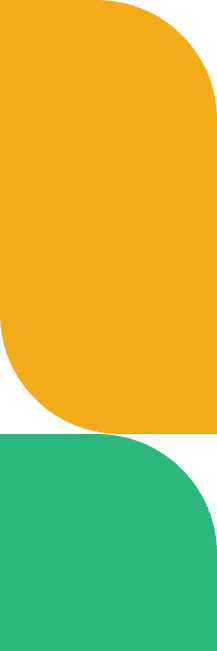

Lithuania, located in Eastern Europe along the Baltic Sea, is bordered by Latvia to the north, Belarus to the south and east, Poland to the south, and Russia (Kaliningrad district) to the southwest. The capital of Lithuania is Vilnius. The official language is Lithuanian, and the currency is the euro (EUR).
The population of Lithuania in 2021 was 2,689,862, a 1.19% decline from 2020. The population of Lithuania in 2020 was 2,722,289, a 1.35% decline from 2019. The population of Lithuania in 2019 was 2,759,627, a 1.49% decline from 2018.
2,689,862
2,722,289
2,759,627
Lithuania has an excellent modern state healthcare system, academic institutions, strong trading relations, developed private-enterprise economy, a booming film industry ....etc
Lithuania has an excellent modern state healthcare system, funded by the government through a national health insurance scheme. Healthcare, including emergency treatment, is free at the point of delivery, with the standard system of GP referrals for non-urgent cases.
Lithuania offers excellent academic institutions, innovative facilities and more than 350 English-taught study programs for international students. The country is valuing education as the literacy among young Lithuanians above 15 years old is 100%. In Lithuania you can study in English full-time or part-time.
Current types of general education providers are as follows: pradinė mokykla (primary school), progimnazija (pre-gymnasium) or pagrindinė mokykla (basic (lower secondary) school), gimnazija (gymnasium).
Lithuania has strong trading relations not only with its Central and Eastern European neighbors (Poland, Latvia, Belarus) but also with the United States, Russia, Germany, Kazakhstan, and China. The government of Lithuania continues a high-profile campaign to attract foreign investment and to develop export markets. In 2021, the gross domestic product (GDP) of Lithuania increased by 5%. For 2022, it is expected to grow by 3,6%. The commercial environment is generally friendly to foreign companies, and most of the EU directives are implemented into the Lithuanian legislative system.
Lithuania has a developed private-enterprise economy that is actively growing due to an advantageous geographic location in Eastern Europe, highly developed transport connections, a modern seaport, IT network, and a highly educated, but comparatively cheaper, labor force. The Lithuanian economy is oriented into manufacturing and service industries, including food, the petroleum and chemical industry, information technology, financial services and service centers, transportation, construction, biotechnologies, research and development (R&D), and tourism.
The economy of Lithuania is the largest economy among the three Baltic states. Lithuania is a member of the European Union and its GDP per capita is the highest in the Baltic states. ... Lithuania's economy (GDP) grew more than 500 percent since regaining independence in 1990.
The Lithuanian economy has rebounded rapidly from the pandemic shock, with GDP growth projected at over 5% in 2021 and close to 3.7% on average in 2022 and 2023. Rapid wage increases, pent-up demand and continued EU-fund flows will remain the main drivers of domestic activity.
Lithuania has transitioned from a command economy to a market economy in which the private sector accounts for the majority of GDP, and government regulation is transparent and efficient. Lithuania is a member of the European Union (EU).
Netflix’s The Last Czars, HBO’s upcoming Catherine the Great, and my personal favorite, Chernobyl, which is currently nominated for 19(!) Emmys were filmed in Lithuania.
Lithuania, for understandable historic reasons, is the most outspoken country on national security threats coming from Russia. One of the biggest security threats to many post-Soviet nations is energy sovereignty from their much larger oil and natural gas-rich neighbor. Lithuania is the only country so far that has taken a big step to counter Russia’s energy bullying by buying a $500 million ship that imports natural gas for domestic consumption, instead of relying on Russia's.
After Lithuania built the ship, the price of liquid gas has dropped a few times and the country’s energy independence has increased greatly.
Lithuanian has deep roots. The language is one of the oldest in the world with striking overlaps with ancient Sanskrit.
Since 1991, the official language of Lithuania is the Baltic language of Lithuanian, a language closely related to Latvian. More than 80% of the country's population speaks Lithuanian as their first language. Minority languages include Belarusian (1.5%), Polish (7.7%), Russian (8%).
English is the most popular foreign language in Lithuania and also the most popular for Lithuanians to learn, with 30% of the whole population can speak English, and 80% of the youth can speak English.
Amongst the European languages, Lithuanian is grammatically the closest to the ancient language and shares several notable bits of vocabulary.
There is even a team of scholars at a university in Delhi studying the connection between Sanskrit and Lithuanian. For one of my favorite looks at the country as a whole (with language included) take a look at the clip below.
Lithuanians say that we have two religions: Catholicism and Basketball. However, any Lithuanian knows basketball always goes first.
The sport unites all the nation and is a major social bond Lithuanians share across all age and social groups.
Subscription

